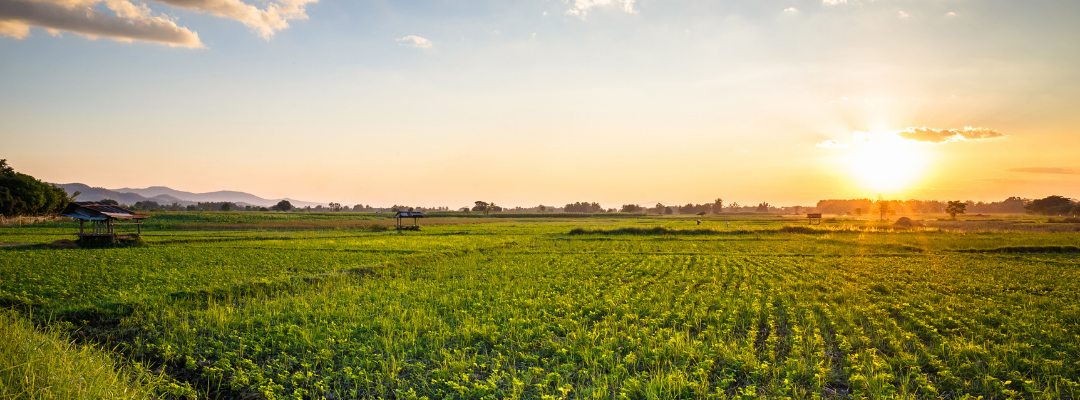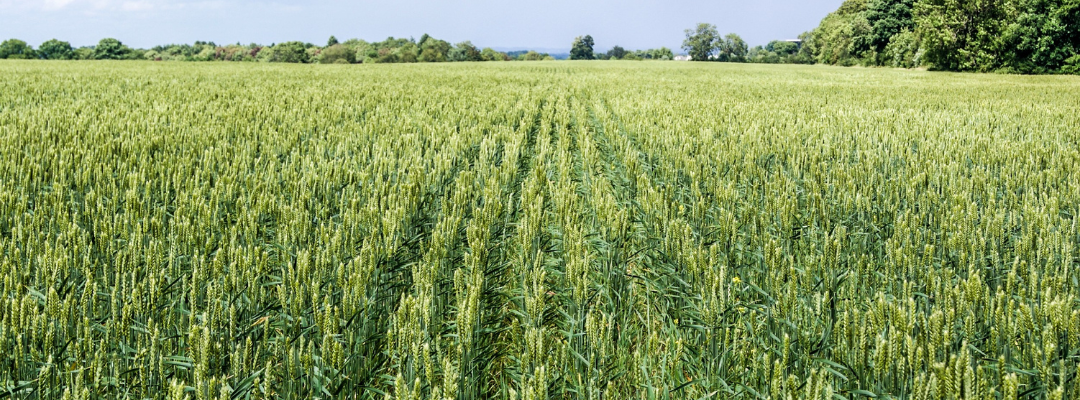In recent years, the South has emerged as the top regional employer of H-2A workers. The Southern states’ demand for H-2A workers has been increasing (from 118,437 positions in 2019 to 143,415 in 2021), mirroring the same trend in its share of the country’s H-2A pool. Over the same period, the region accounted for 43 to 45 percent of the total number of H-2A positions certified by the Department of Labor.
A closer look at the region’s H-2A labor certification requests indicates that most workers work in the fruit, vegetable, and horticulture industries. The smaller business scales of these Southern industries relative to their peers in other regions can partially explain the region’s strong demand for H-2A workers.
When the farm labor shortage problem arose due to stricter immigration controls, domestic workers generally lacked the motivation and willingness to supply replacement farm labor for the evicted undocumented workers. Under such conditions, farmers’ coping strategies include, among others, input substitution through increased mechanization, optimizing family labor potentials, and shifts in production methods and crop choices. Smaller farms normally face financing constraints that render the mechanization alternative infeasible for their farming situations. Hence, when the other non-mechanization strategies have been exhausted, these farms rely on the H-2A solution.
H-2A employment discussions are inextricably linked to adverse effect wage rates (AEWR), which is the minimum wage that H-2A workers must receive. The AEWR benchmark is set to ensure that H-2A wages are not too low and would not cause a downward market pressure on U.S. wages of workers in similar occupations.
Regional AEWR trends indicate that rates in the South are the lowest among the regional averages during the three-year period. Interestingly, among the five regions (Figure 1), the South’s average annual agricultural wages per worker are consistently closest (among regions) to the national average annual wages per worker (79 to 81% of wages for ALL industries) and the average annual wages per worker for the economy’s Goods Sector (65 to 69% of combined wages for the sector’s industries that include agriculture, construction, and manufacturing). Notably, Southern states posted higher annual AEWR increments this year than the other states, so their current rates are now at par with the other regions. When these two arguments are taken together (the lowest regional gap between agricultural wages and national/goods sector wages AND the 2023 re-adjustment of AEWR levels to national standards), the South has indeed taken an aggressive stance in addressing workers’ welfare issues in the region.
Table 1. Regional H-2A Program Patronage and Adverse Effect Wage Rates, 2019 to 2021
| REGION | NUMBER OF H-2A CERTIFICATIONS | REGIONAL SHARE of H-2A CERTIFICATIONS | AVERAGE ADVERSE EFFECT WAGE RATES | ||||||
| 2019 | 2020 | 2021 | 2019 | 2020 | 2021 | 2019 | 2020 | 2021 | |
| ATLANTIC | 48,887 | 37,843 | 39,693 | 17.68% | 13.75% | 12.52% | 12.95 | 13.68 | 14.33 |
| MIDWEST | 19,609 | 21,440 | 24,683 | 7.09% | 7.79% | 7.78% | 13.36 | 14.34 | 14.94 |
| PLAINS | 12,550 | 14,931 | 16,820 | 4.54% | 5.42% | 5.30% | 13.66 | 14.22 | 14.94 |
| SOUTH | 118,437 | 122,247 | 143,415 | 42.84% | 44.41% | 45.23% | 11.52 | 12.17 | 12.44 |
| WEST | 76,991 | 78,790 | 92,458 | 27.85% | 28.62% | 29.16% | 13.55 | 14.23 | 14.98 |
| ALL STATES | 276,474 | 275,251 | 317,069 | 12.96 | 13.68 | 14.28 | |||
The regional groupings of the states are as follows: ATLANTIC (North Carolina, Virginia, West Virginia, Maryland, Connecticut, Massachusetts, New York, Vermont, New Hampshire, Maine, New Jersey, Rhode Island, Delaware); MIDWEST (Minnesota, Iowa, Wisconsin, Illinois, Missouri, Indiana, Ohio, Pennsylvania, Michigan); PLAINS (Nebraska, Kansas, Texas, North Dakota, South Dakota, Oklahoma); SOUTH (Arkansas, Florida, Georgia, Louisiana, Mississippi, Alabama, Tennessee, South Carolina, Kentucky); WEST (California, Washington, Oregon, Idaho, Montana, Wyoming, Colorado, New Mexico, Arizona, Utah, Nevada, Alaska, Hawaii); PLAINS (Nebraska, Kansas, Texas, North Dakota, South Dakota, Oklahoma);
Figure 1. Ratios of Agricultural Wage Per Worker to National (All Industries) and Sectoral (Goods Industries) Wage Rates Per Worker

Escalante, Cesar L., and Shree Ram Acharya. The South as the Nation’s Primary Regional Employer of H-2A Labor. Southern Ag Today 3(25.3). June 21, 2023. Permalink









